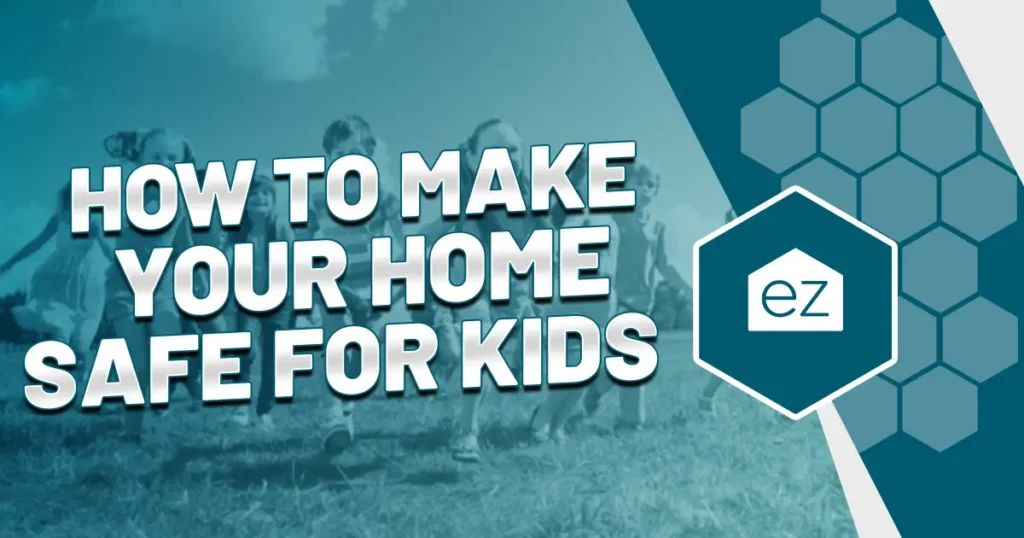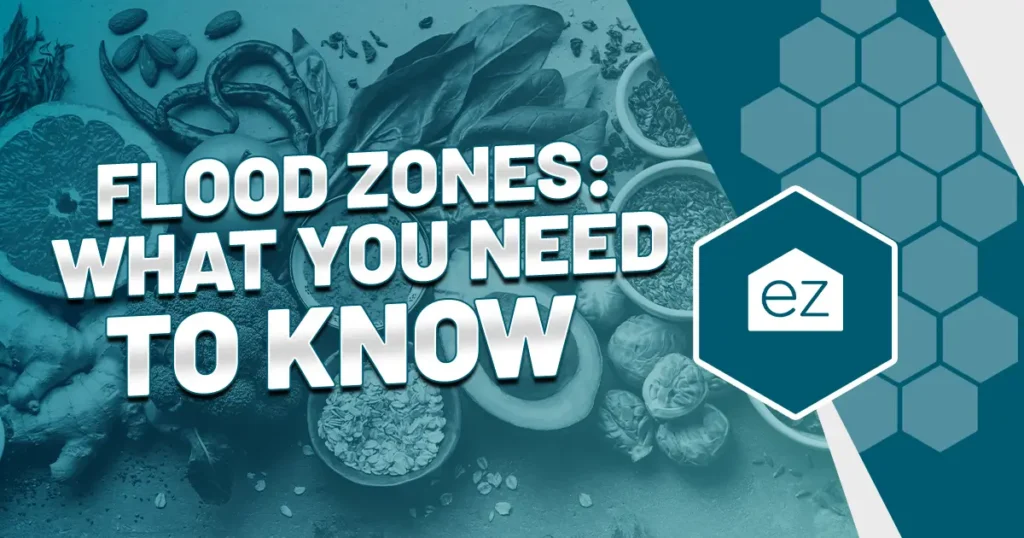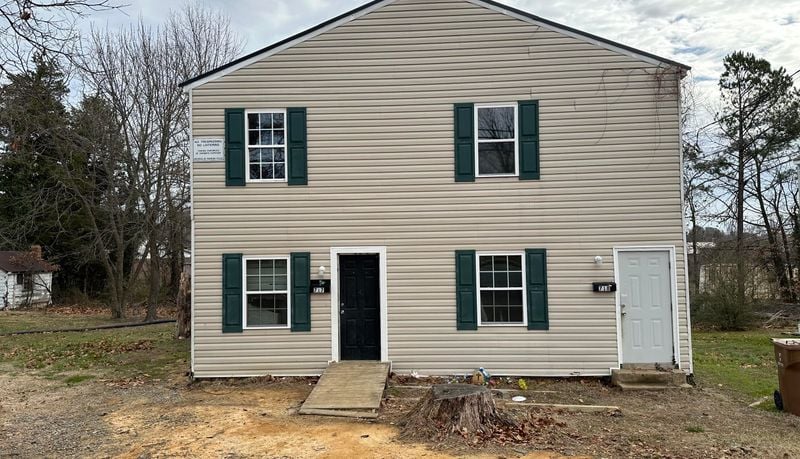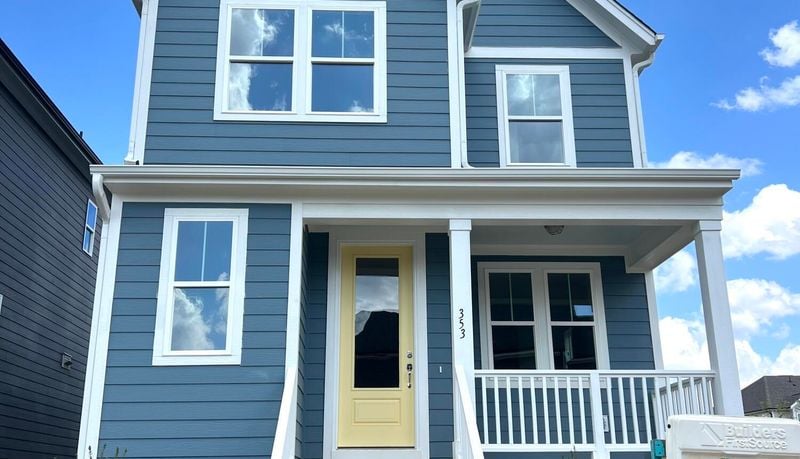What to Know About Mold In Your Home
Mold is a common problem that can affect any home, regardless of age or location. While mold is always present in our environment, it’s only when it grows out of control that it becomes a concern. An active growth can seriously affect your property and your family’s health. Learn about when mold becomes a concern in your home, prevention, and remediation.
Types of Mold
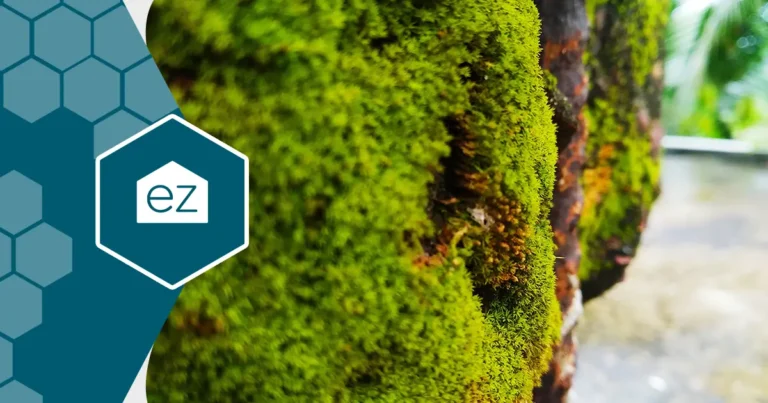
Mold is ever-present in the natural world. You see it growing on trees, rocks, and even your cheese sometimes. There are many different types of mold, but the most common kind found in homes are Cladosporium, Penicillium, and Aspergillus. Not all the molds you see in the home are dangerous, but some release mycotoxins that pose health risks.
The one most people know is black mold, scientifically called Stachybotrys chartarum. This mold is particularly dangerous because it releases high concentrations of toxic spores into the air, which can cause serious health issues when inhaled. It loves cellulose, which is found in wood products and drywall. And what are many homes made of?
How Mold Gets Into Our Homes
Keeping mold out is nearly impossible. Its tiny spores are invisible to our unaided eyes and travel easily through the air. Mold spores enter our homes through open windows, doors, and even the HVAC system. They can also be carried in on our clothing, groceries, or pets.
Once inside, mold needs a moist environment to grow and thrive. That’s why you’ll see blooms around the linings of showers, sinks, and bathtubs. Mold loves dark and damp spaces. It’s also why mold growth can plague basements or crop up in leaky roofs. Find mold growing in ventilation ducts, behind the refrigerator, under sinks, around leaky windows, or behind wettened roof tiles.
Mold Warning Signs
So, how do you know if your home has a mold problem? One warning sign is a musty odor. It starts off faint and increases over time as the mold growth expands. Other descriptions of its smell are “stale” or “earthy.”
Visible discoloration on walls or ceilings is the most obvious sign of mold growth. Discoloration can be of any color, but black and brown are common. Look closer at the texture, as mold typically is fuzzy, slimy, or soft. It smears when touched, or the color lightens after dabbed with diluted beach.
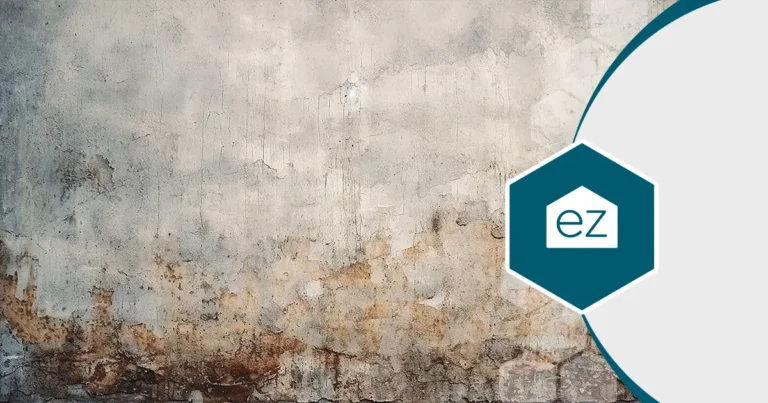
An increase in allergy symptoms, such as sneezing, coughing, and respiratory issues, can be another signal. If you have allergies and they seem to increase when inside, it could be a sign of mold. Note if the symptoms worsen in specific areas of the house, like bathrooms or closets. However, an increase in allergy-like symptoms could signal other problems, like pest issues or the need to clean.
Other possible signals could be peeling wallpaper (a sign of high humidity,) changes in pet behavior, fatigue and headaches, or recent water issues.
How to Test For Mold

If you suspect mold in your home, promptly addressing the issue is essential. Testing confirms its presence. Some home improvement stores sell home mold test kits. These kits can be helpful in confirming the presence of mold, but they are less accurate than a professional inspection. They will not tell you what kind of mold is present; you’ll need to send the sample to the lab for that. Knowing which kind is plaguing the home pinpoints what cleaning products will work the best.
Hiring a professional inspector and mitigation company guarantees a thorough examination of your home for any signs of mold growth. They may take air or surface samples to determine the type and severity of the mold present. This information can help decide the best action to eliminate mold in your home.
Mold Prevention
The best way to deal with mold is to prevent it from growing in the first place. Here are some simple steps you can take to prevent mold from becoming a problem in your home:

- Keep humidity levels low: Mold thrives in moist environments. Keep indoor humidity levels between 30-60%. Use exhaust fans when in bathrooms and kitchens. If necessary, use a dehumidifier to control moisture levels.
- Fix leaks promptly: Any water damage, whether it’s from a leaky roof or a burst pipe, can create the perfect environment for mold growth. Quickly addressing these issues can help prevent mold from taking hold.
- Keep air circulating: Mold loves stagnant air, so keep good airflow in your home. Use ceiling fans or crack open windows to keep fresh air circulating.
Mold Mitigation
If you find mold in your home, take action immediately to prevent it from spreading and causing further damage.
Mold mitigation typically involves removing the affected materials and thoroughly cleaning the area with specialized products designed to kill and prevent mold growth.
First, stop and dry any water leaks as soon as possible. That halts any further damage to your home and removes mold’s preferred living conditions.
Small mold growths can be removed with diluted bleach and cleaning. If you plan to do so, dress to minimize your mold exposure. Wear a mask, gloves, and safety goggles.
But what if it’s an extensive growth or involves significant water damage? For example, in the case of drywall, your best option for remediation is to remove the impacted drywall. It and other porous materials like carpet or tile are nearly impossible to obliterate all mold spores. That’s why you see mounds of wet carpet and drywall outside buildings after floods. These are hard to dry and prevent mold growth.
A professional mold remediation contractor can explain the best course of action depending on where the mold growth is concentrated. Treating mold growing in an HVAC system differs from mitigating it in a basement.
Mold in Your Home
While mold may be a common issue in homes, it should not be taken lightly. By understanding the warning signs, conducting regular inspections, and taking preventative measures, you can keep your house safe and mold-free for you and your family. And if you do encounter a mold problem, don’t hesitate to seek professional assistance.
Start Your Home Search
Preston Guyton
Share this Post
Related Articles
Home Safety
How to Make Your Home Safe For Kids
Home Safety
Flood Zones: What You Need to Know
Home Safety
